Roadhenge
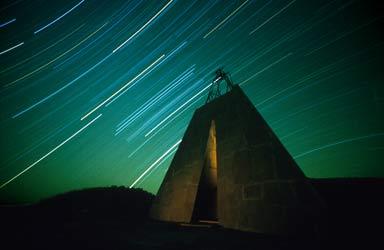
A short essay in the new issue of Architectural Record (October 2005) introduces us to Charles Ross's Star Axis, a geo-architectural earth-installation in the New Mexican desert.
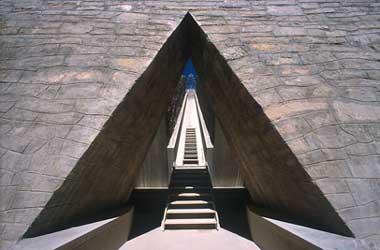
Using "stone forms that spring directly from planetary and stellar geometry," Ross has aligned Star Axis, Stonehenge-like, with the larger, macrocosmic movements of space.

As Ross himself says: "Star Axis is an architectonic earth/star sculpture," consisting entirely of "earth-to-star alignments built to human scale."
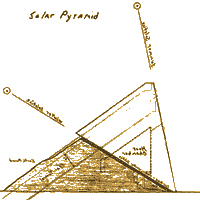
"Ross has been building Star Axis bit by granite bit, conducting aerial surveys, topographic mapping, and astronomical calculations to align its features with the cosmos."
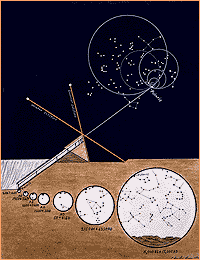
The complex consists of an Equatorial Chamber, a Star Tunnel, and a Solar Pyramid. "The angles of its Solar Pyramid," for instance, "were determined by the sun's position during the summer and winter solstices."
Elsewhere, "[g]ranite buttresses 6 feet thick and 52 feet high enclose a horseshoe-shaped entry area" that "took more than 10 years to carve." (10 years! He should have used the Jardinator).

But I'm reminded here of a drive I find myself on quite frequently: at one point I have to turn right, at an intersection with a stone church, near a school and some tennis courts, to get onto a long, flat road – and there, in the distance, blinking red in the clouds, always, are a tall series of suburban radio towers, like timed constellations turning on and off every night over the peripheral hills. Radio supercluster.
Then, however, further on, there's another road that, every spring, has the moon rising over it – you're driving over a bridge when you see it; then yet another road with Orion clear and hovering above it in the winter (or so I tell myself); etc.
And it occurred to me, then, that a whole city could serve as a kind of accidental astronomical device – Star Axis on the metropolitan scale – a space-measurement machine, made of solstices and full moons and boulevards; and that perhaps a fortuitous coincidence of urban design and high-rise architecture – and exurban motorways and backroads and well-timed traffic lights – could all add up to produce an analogue of the heavens here, now, in the form of a city.
As above, so below.
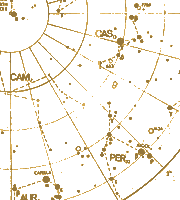
Roadhenge.
The roads themselves, in other words, would follow and frame constellational events in the sky. At the end of every street – if you could see past the Dunkin' Donuts franchises and the endless car parks and the redundant, publicly-funded football stadiums that sit there in the off-season, empty, like expensive bowls of air – there, perfectly aligned above the abstract symmetries of concrete and tarmac, are the stars of Gemini, or the blinking double-lights of Algol, or Orion's belt playing hide and seek in an arc behind the Barbican.
Or there's a truck in the way, but no mind: the roads of the city, in different seasons, correspond to different stars and routes of precession. Take the Great Northern Road to see Jupiter in March; take Western Ave to see the moon rise in October; use the car park at Charles Ross/Star Axis Memorial Hospital for a view of the solar eclipse.
Urban design as a function of astronomy.
There could be a road that everyone drives once a year, or a footpath, that perfectly frames the changing constellations above – but only on the night of the summer solstice. Guidebooks could be produced; people could come from all over the country; when you're in a bad mood you could walk the path the wrong way...
You could even deliberately seek out all those streets in the city that have no superlunary correspondence at all, that map to no stars, that refer to no constellations, refusing to emulate the ways of heaven.
Which actually raises the quite interesting possibility that an entire city could be built, zoned, and constructed to the precise heights and locations necessary to block all views of the cosmos. You'd never even know the stars existed. And this could happen accidentally, over time, with no one planning it or expecting it to happen; you take a new job, and move to a new city, and one night you go out for a walk only to realize, my god, you can't see a single fucking star...
The buildings perfectly blot out the sky...
Anti-Star-Axis City.





Comments are moderated.
If it's not spam, it will appear here shortly!
Beautiful! Thanks for the forward -
I agree - beautiful post.
But sadly, in the entire ten years I spent living in downtown Philly I saw maybe 10 stars total. Philly may need only a few tweaks to become the Anti-Star-Axis City.
Post a Comment